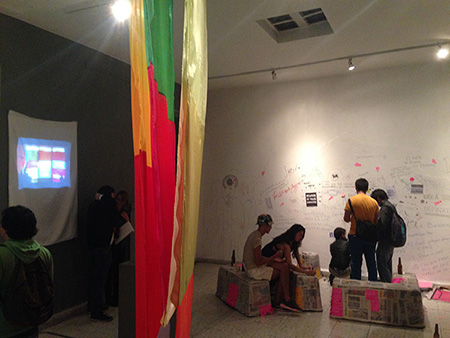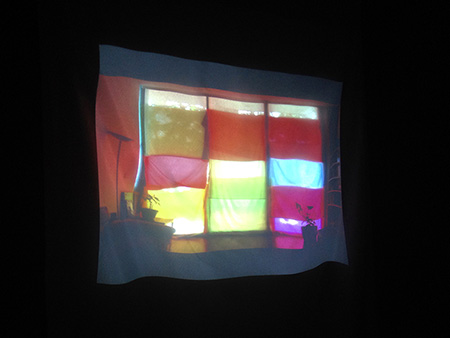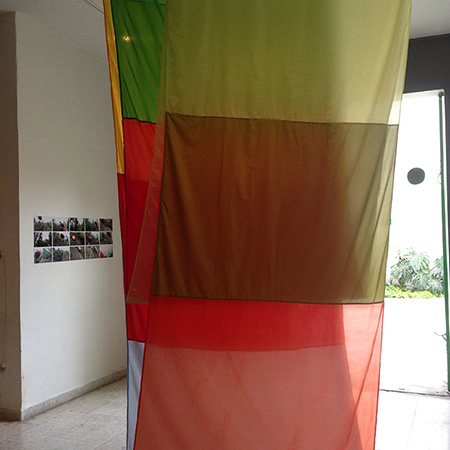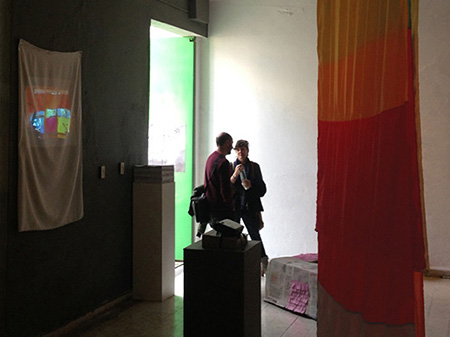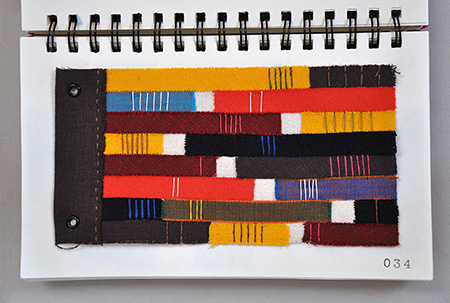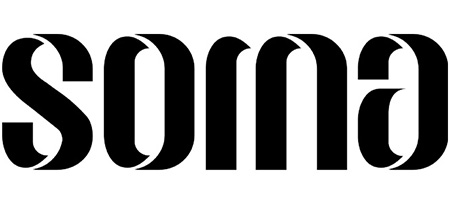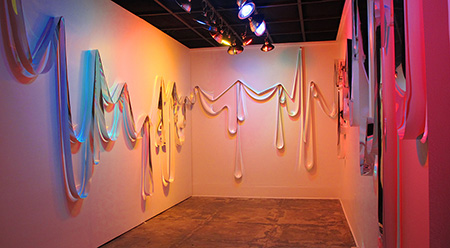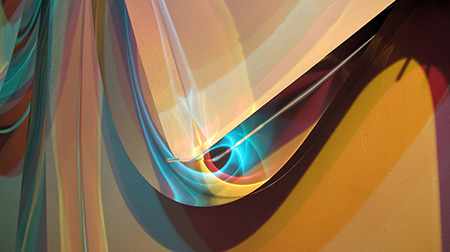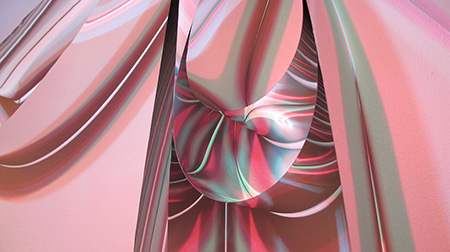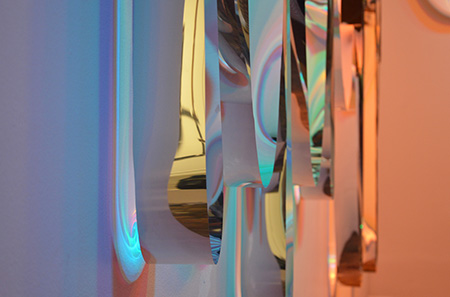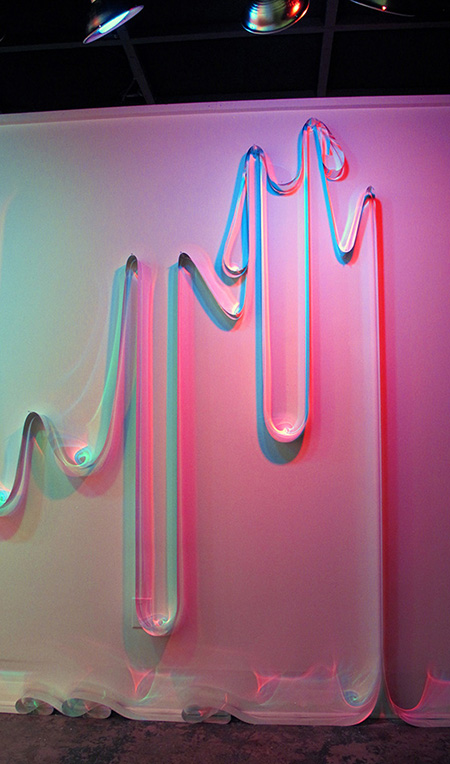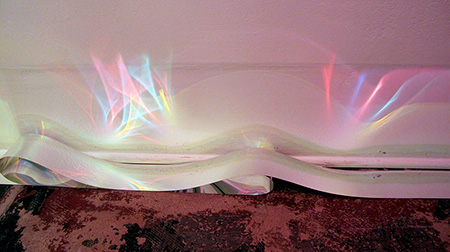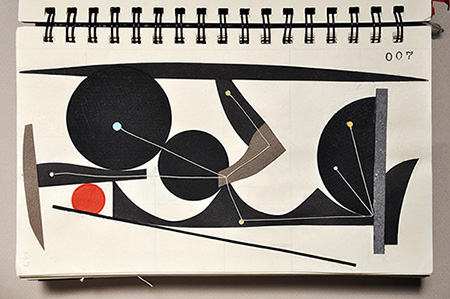Escandón at SOMA
August 25, 2014
Mexico City’s two-month SOMA Summer program concluded this week with a group exhibition titled “You Can’t Choose Your Neighbors.” The show was conceived by the program’s thirty artist participants and visiting curator Flora Katz as a platform to share, experiment and respond to Mexico City and our time together as a group.
My piece is an installation called Escandón, titled after the neighborhood it was created in. Escandón’s centerpiece is a looping time-lapse video chronicling the sun’s path as shot through a colorful array of shifting fabrics from morning to nightfall. The translucent fabrics, shot against a floor-to ceiling plate glass window of the apartment I stayed in, migrate across one another to produce optically mixed color fields that hint at flag motifs while revealing glimpses of street life outside. The piece is a ‘portrait’ of my time and residence in Mexico, serving as a meditation on the insider and outsider, domestic and public space, nature and artifice, stasis and transition.
The time-lapse is projected onto hanging fabric adjacent to a sculptural banner made from the same cloth featured in the video. The vertically-looped banner hangs freely from the ceiling, allowing viewers to experience it from all angles. The play of natural light on the translucent fabric from outside is markedly different than that of the artificial lights inside, encouraging viewers to circle the piece as the video itself loops nearby.
The SOMA program was beneficial in that it gave me the chance to further develop my work with light and material which germinated in grad school. Furthermore Mexico provided a new context for this work, leading to rich and surprising results. The program also gave me the opportunity to break into video, a medium I’ll continue to pursue.
Many thanks to Stanford’s Department of Art + Art History for making this residency possible and to Enrique Chagoya and Daniela Rossell for facilitating my stay in Mexico City. Also, a special shout out to Eduardo Abaroa for his generous and constructive tutelage at SOMA.
